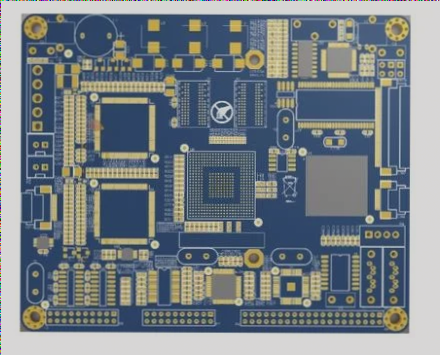Reviewing the recent developments in the electronics industry, it’s evident that reflow soldering technology has become a prominent trend. Traditionally, through-hole reflow soldering has been utilized, enabling simultaneous completion of all solder joints and minimizing production costs. However, the presence of temperature-sensitive elements has constrained the widespread adoption of reflow soldering, both in cartridge and SMD applications. Consequently, attention has shifted towards selective soldering as an alternative. Selective soldering can often follow reflow soldering in most scenarios, offering an economical and efficient means of soldering remaining cartridge components while remaining fully compatible with future lead-free soldering requirements.
Characteristics of the Selective Welding Process
To understand the process characteristics of selective welding, it’s instructive to compare it with wave soldering. The primary distinction lies in the immersion level of the PCB in the solder. In wave soldering, the entire bottom portion of the PCB is submerged in liquid solder, whereas in selective soldering, only specific areas come into contact with the solder wave. As PCBs are poor heat conductors, adjacent solder joints and PCB areas are not heated and melted during selective welding. Additionally, flux application is crucial before welding. Unlike in wave soldering, where flux is applied across the entire PCB, in selective soldering, flux is only applied to the designated soldering areas. Moreover, selective welding is exclusively applicable to soldering cartridge components, representing a departure from traditional methods. Therefore, a comprehensive understanding of the selective welding process and equipment is imperative for successful implementation.
Characteristics of the Selective Welding Process
To understand the process characteristics of selective welding, it’s instructive to compare it with wave soldering. The primary distinction lies in the immersion level of the PCB in the solder. In wave soldering, the entire bottom portion of the PCB is submerged in liquid solder, whereas in selective soldering, only specific areas come into contact with the solder wave. As PCBs are poor heat conductors, adjacent solder joints and PCB areas are not heated and melted during selective welding. Additionally, flux application is crucial before welding. Unlike in wave soldering, where flux is applied across the entire PCB, in selective soldering, flux is only applied to the designated soldering areas. Moreover, selective welding is exclusively applicable to soldering cartridge components, representing a departure from traditional methods. Therefore, a comprehensive understanding of the selective welding process and equipment is imperative for successful implementation.




